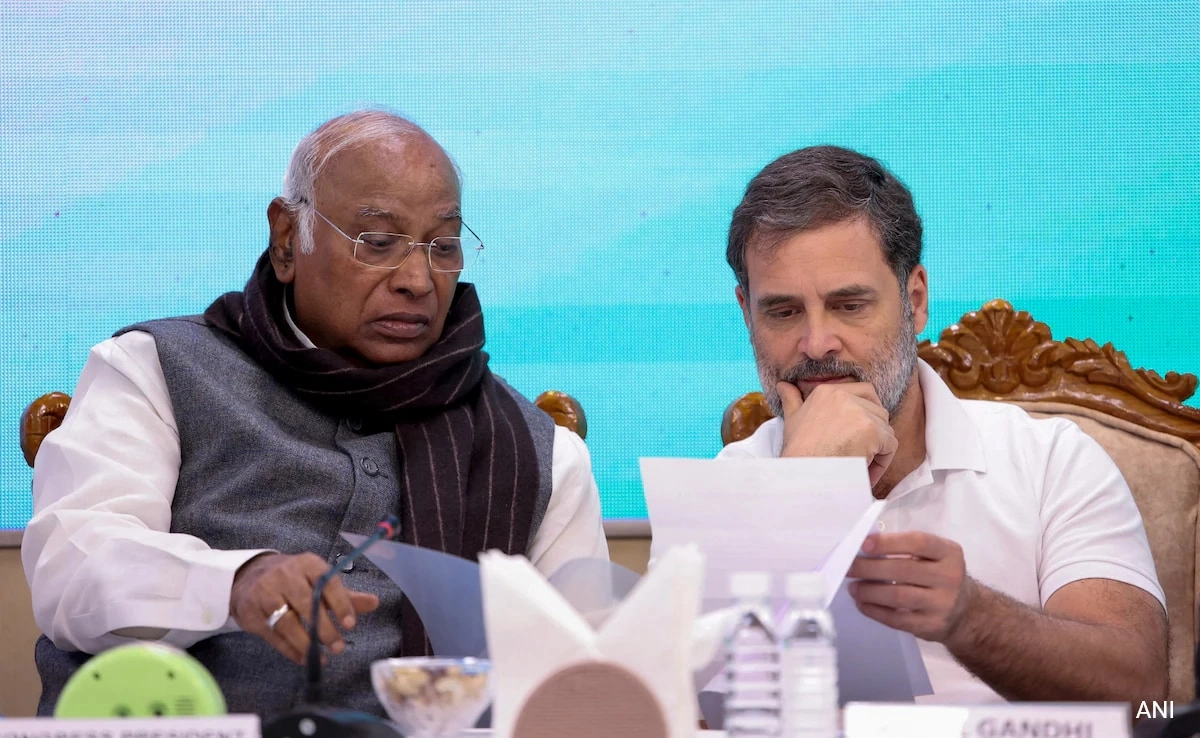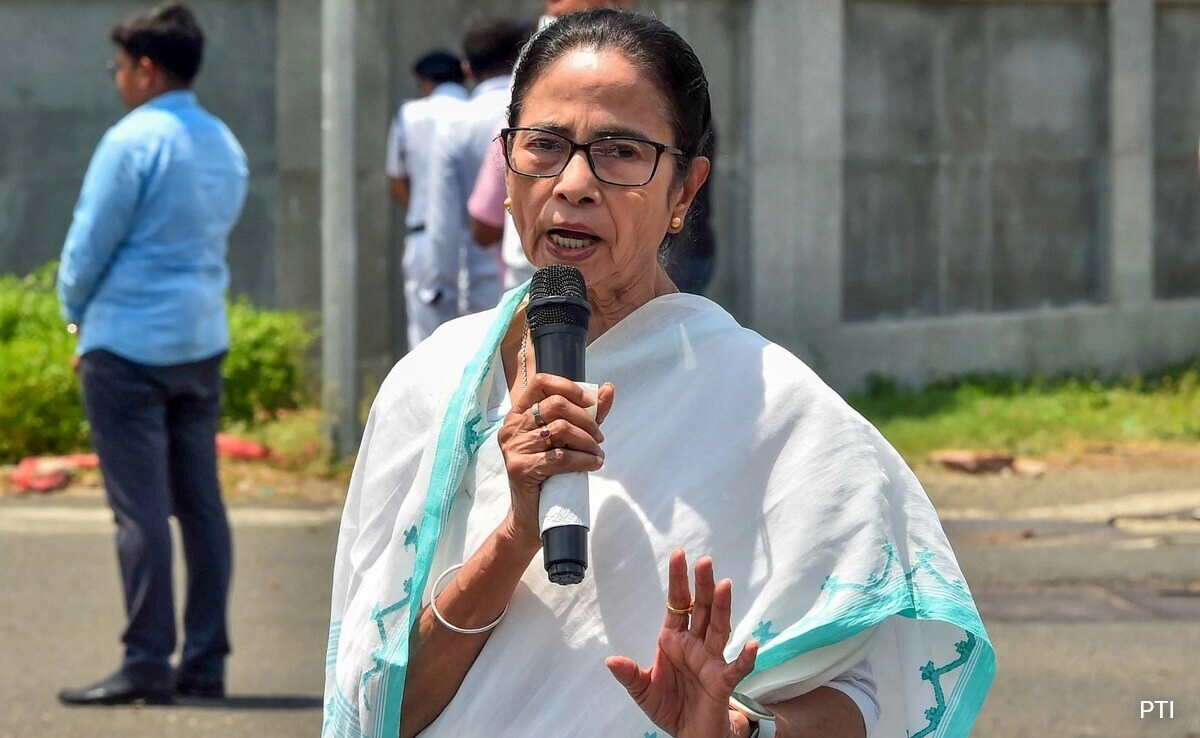The political landscape in India, particularly within the Congress party, is currently marked by internal strife and self-inflicted challenges. As the party attempts to regain its footing in various states, including Haryana and Bengal, it finds itself grappling not only with external opposition but also with significant internal divisions. The struggle for cohesive leadership and a unified strategy has become a defining characteristic of the Congress party in recent times. While the party is undoubtedly trying to mount a serious challenge in these regions, it often seems to be engaged in a battle against its own factions, which undermines its efforts.
In Haryana, the Congress party has faced a daunting task of consolidating its support base amidst rising competition from regional parties and the ruling BJP. The discontent among party members regarding leadership decisions and electoral strategies has only exacerbated the situation. Many feel that the party’s direction is unclear, leading to a lack of motivation among grassroots workers. This internal conflict has hindered the party’s ability to present a united front, making it difficult to mobilize support effectively against its adversaries.
Similarly, in West Bengal, the Congress party’s challenges are compounded by the dominance of the Trinamool Congress and the BJP’s growing influence. The party’s attempts to forge alliances and present a credible alternative have been hampered by disagreements within its ranks. The ambition of various leaders often clashes, resulting in a fragmented approach that alienates potential voters. The lack of a clear, resonant message has left the party struggling to establish a strong presence in the state, where it has historically had a significant foothold.
Ultimately, the Congress party’s efforts in Haryana and Bengal highlight a broader issue of self-sabotage. While there is ample recognition of the need for reform and revitalization, the ongoing internal conflicts prevent the party from harnessing its full potential. For Congress to effectively challenge its rivals, it must first address these internal divisions and establish a coherent strategy that resonates with the electorate. Without this fundamental shift, the party risks remaining mired in its struggles rather than emerging as a formidable political force in these crucial states.




